The first year that Volkswagen Beetles were sold in the United States was 1949, though sales were not exactly stellar, with only two going to new owners. That could be because there were only two available, imported to the U.S. by a Dutch businessman.
Sales took off after that, although the Beetle was a highly unlikely success, tiny by American standards of the time, and underpowered by its minuscule air-cooled engine, mounted in the rear, no less.
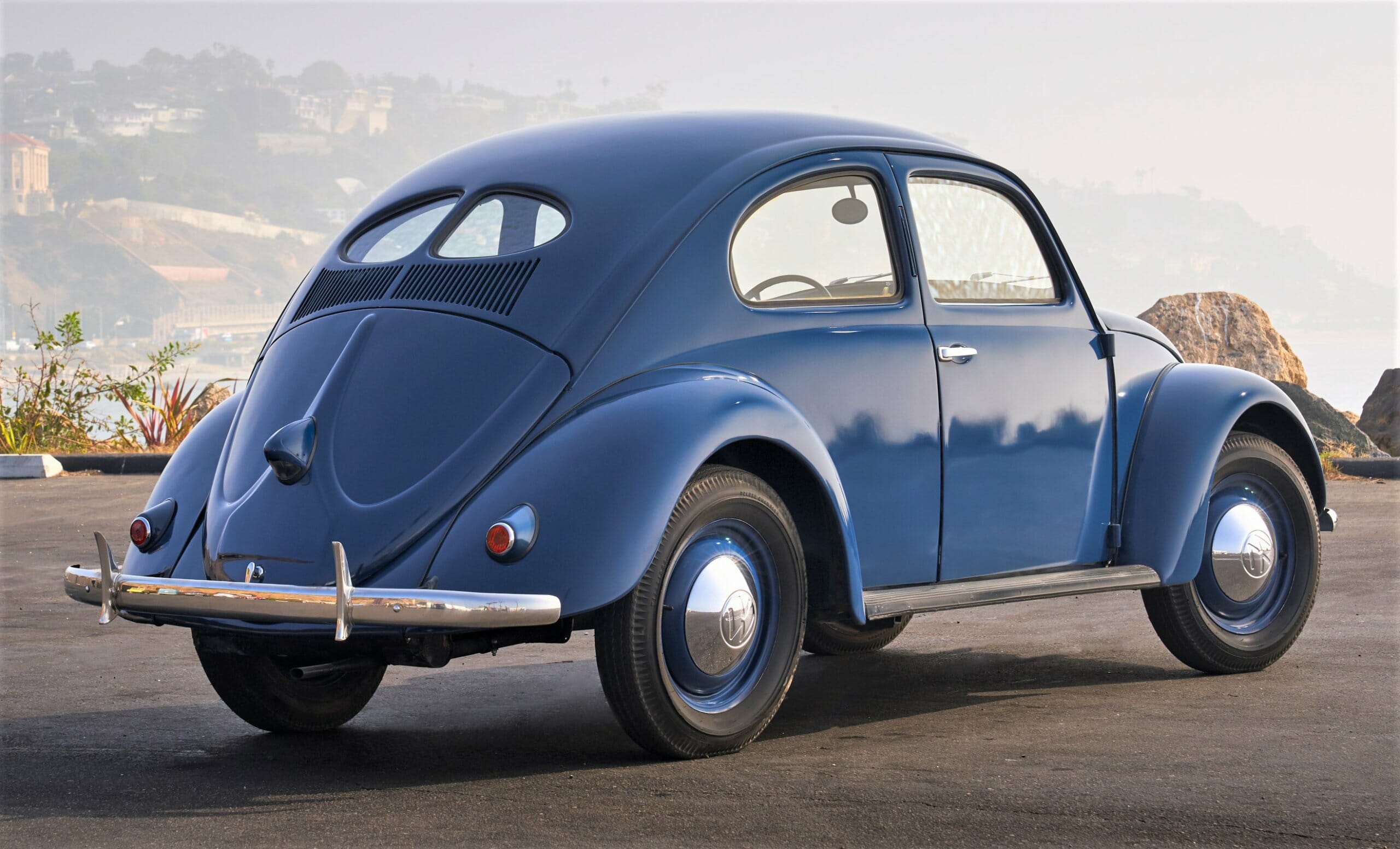
The styling was unabashedly pre-war, yet with an undeniable charm that appealed to U.S. drivers, especially the younger ones, many of whom saw in it as a protest against the big, chrome-laden barges being produced by the domestic manufacturers.
VW’s success was bolstered by one of the most magical advertising campaigns in history. The Think Small series, imaginatively produced by the Doyle Dane Bernbach agency, not only fed into the car’s image of being cheap, small and unstylish but actually celebrated it. People who got the ads loved them, and many bought the cars.
The ads set the tone for VW through the 1960s, tapping into the offbeat, anti-snobbery attitudes of that decade, and spawned an astounding record of success for the homely little bug from Germany.
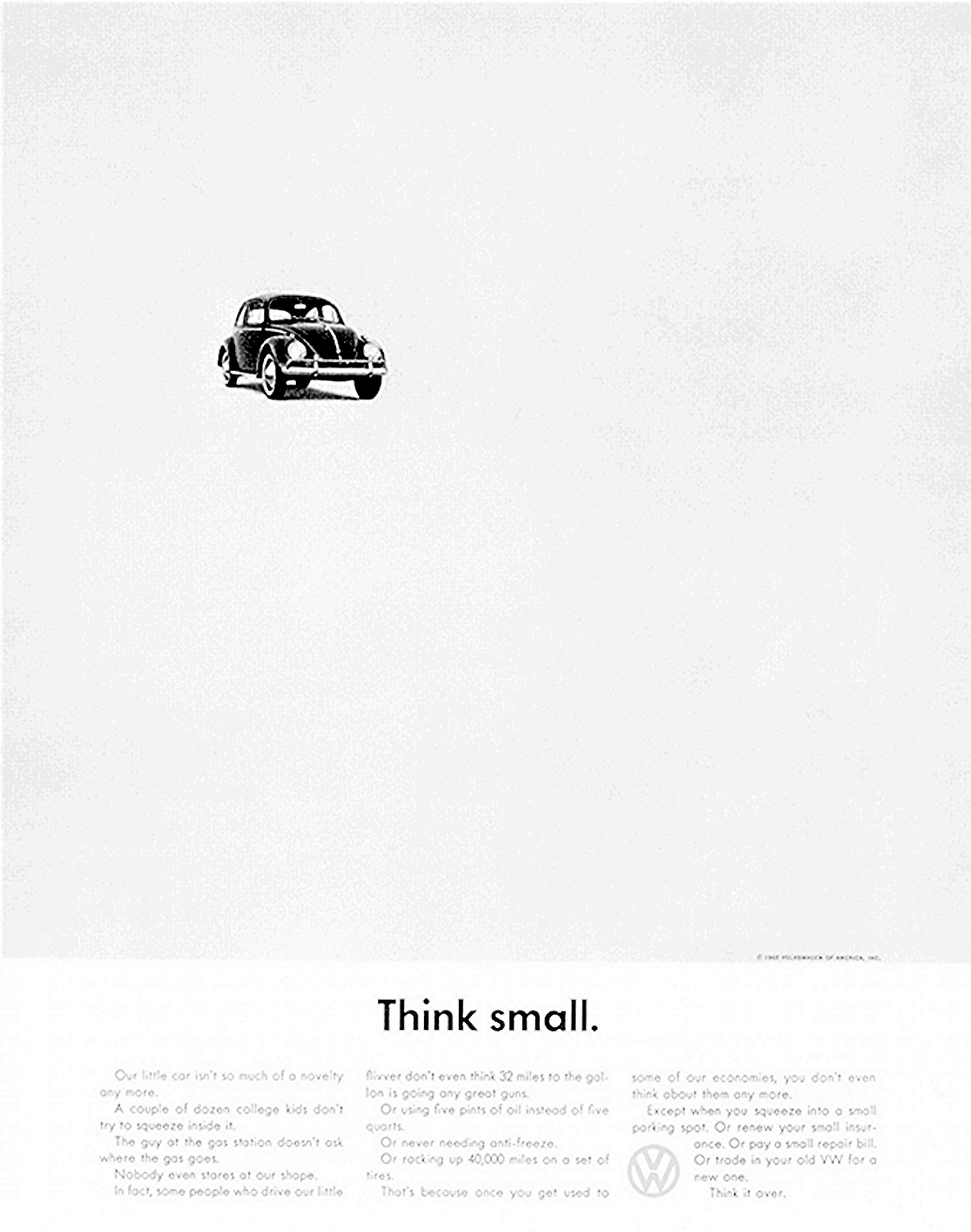
When I was growing up in Philadelphia, VWs were everywhere. In our working-class neighborhood, Beetles and microbuses were found to be inexpensive to buy, simple enough to be easily maintained and repaired by any handy owner, and remarkably durable. Our high school parking lot was filled with them.
And they became emblematic of the generation, not just among the hippies and other iconoclasts but among “straight” society as well, those more interested in practical transportation that the VWs provided than in their protest value.
Although all along, there was some pushback from my parents’ generation, those who had lived through the Great Depression and World War II, and knew that the People’s Car started off as a product of Adolf Hitler and Nazi Germany. As feckless youth, we were oblivious of such things.
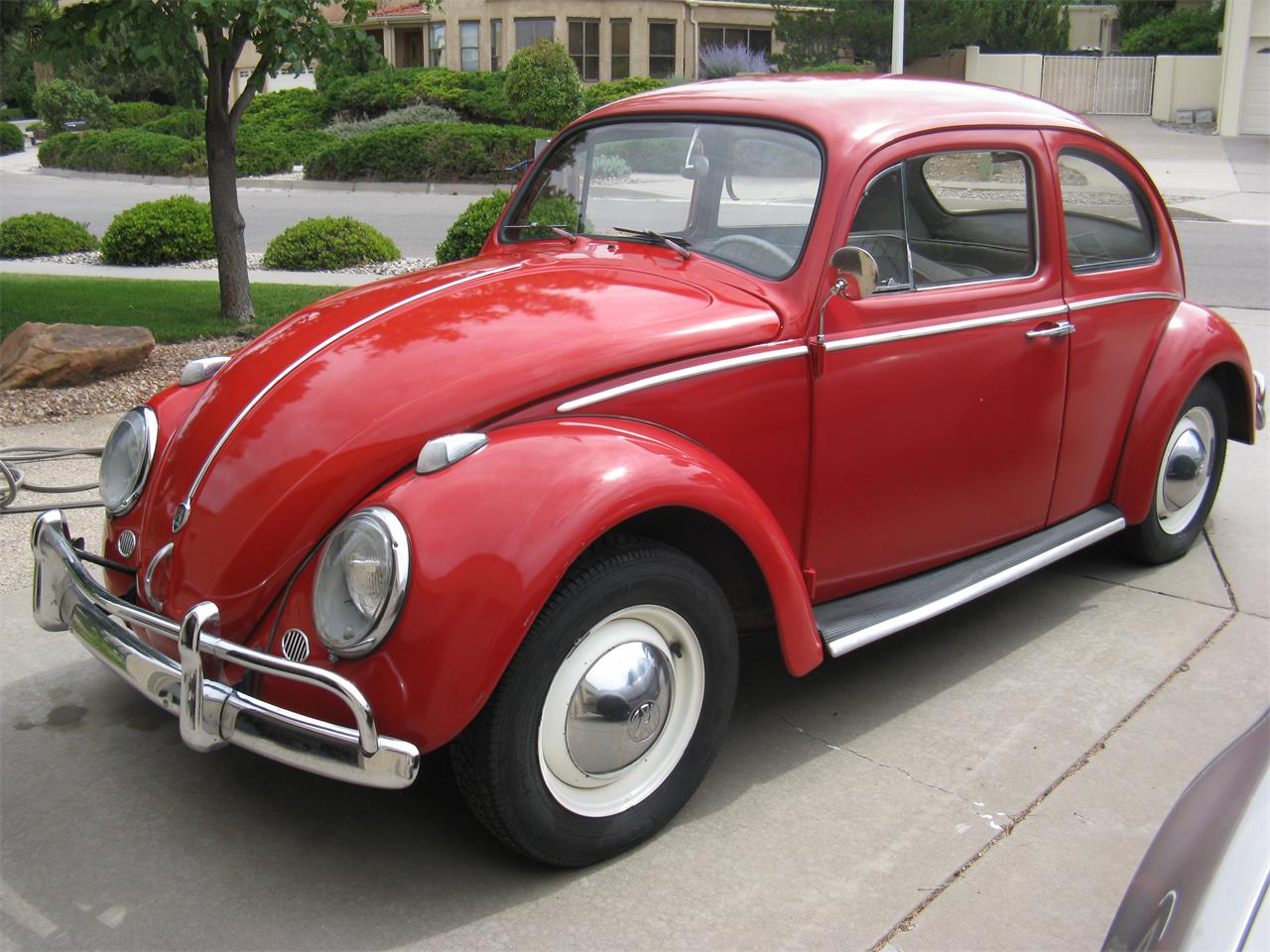
Most people of a certain age have memories of Volkswagens, and I remember so many VWs from my past. And like most people, I have Volkswagen stories. Here are a few of them:
I went to Temple University in North Philly, and on many mornings, my friend Mark drove me in his car, which had the distinction of being the most beat-up, rusted-out and disreputable Beetle in town. Still, it always got us there and always made it home again.
Which brings me to two major flaws of early VWs, at least back East. They rusted with alacrity in that snowy climate, where the city fathers used salt on the roads – good for traction but a catalyst for rust. That, and the VW heaters were notoriously weak, relying on engine heat since there was no hot water circulating.
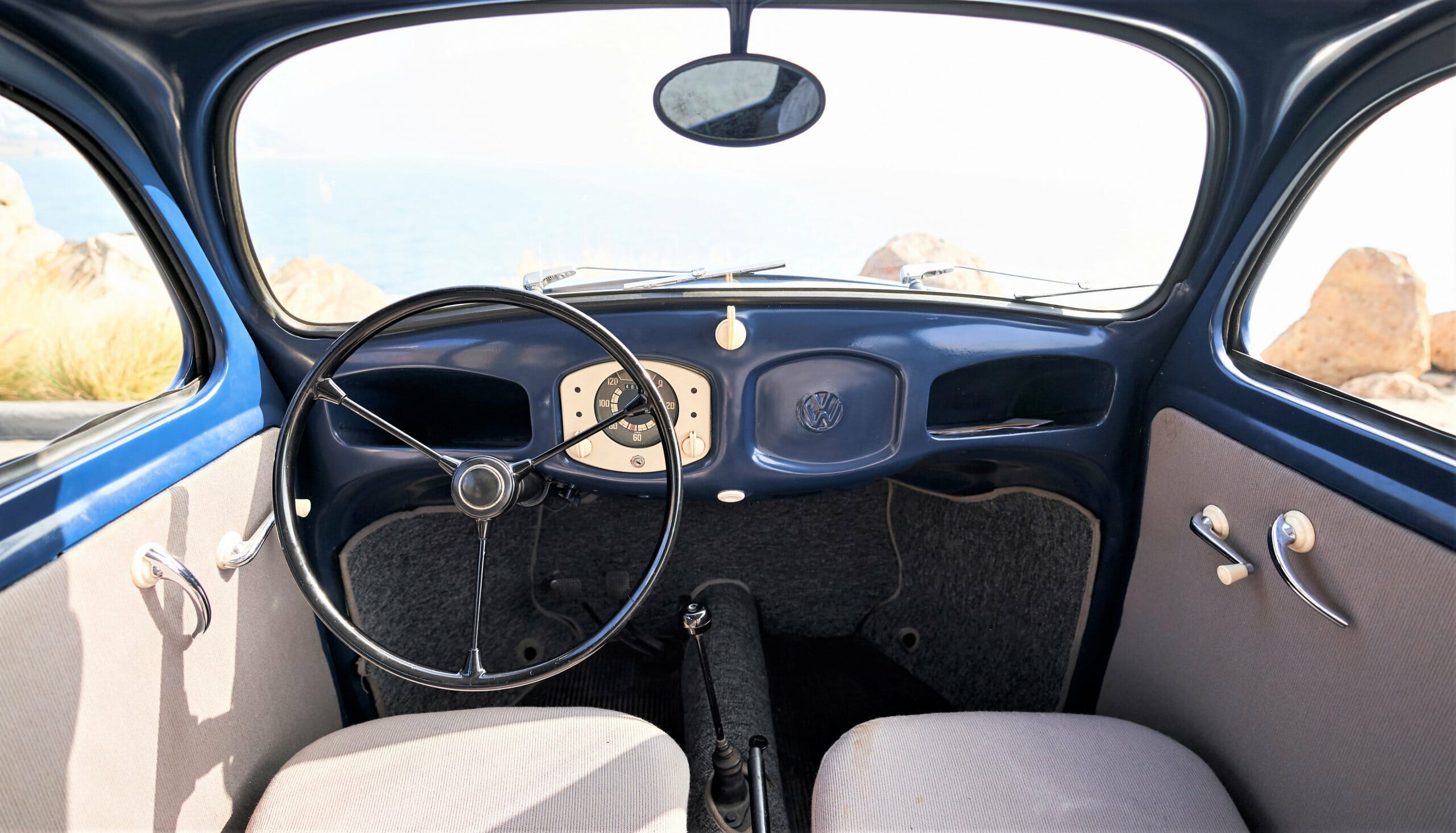
Mark’s VW was a victim of both problems, with rust holes in the floor that in the winter splashed icy gunk onto our legs and feet, and a heater that would sigh just the tiniest breath of warmth. And we won’t even speak of the pathetic windshield wipers and worthless defroster.
But we would bundle up and soldier on through any weather, Mark maniacally driving through the city streets; I swear he would pick me up just late enough that he’d have an excuse to careen crazily though traffic to get us to class on time.
The last straw for Mark’s VW beater, held together by bailing wire, duct tape and wishfulness, came one day while chugging along and the entire rear of the car crashed onto the pavement – the rear suspension was so rusted out that, at that particular moment, it just gave way. We’re lucky to have survived that supremely funky wreck.

I did have experiences with quite a few more-viable Vee Dubs, such as Debbie’s beautiful, bright-red convertible, Richie’s dark-green Karmann-Ghia, or Charlie’s 23-window microbus with curtains and a giant fabric sunroof which allowed us to stand up like celebrities in a parade. Those buses are worth a small fortune nowadays.
My good friend Doug inherited his dad’s 1968 VW, and I spent many hours in that excellent car. Those were formative years, and what tales that Beetle could have told.
Another guy had an old orange camper bus, powered by just 36 horsepower, and with a load of people, could barely go uphill at all. We were all accustomed to our VWs losing velocity while climbing hills, but it was disconcerting to be struggling up a long freeway grade in second gear with the rest of traffic hurtling past at 75 mph.

One of the most fun things about Volkswagens was how you could take them off the beaten path, off the pavement and onto dirt trails. Once, I went with a buddy and our two girlfriends down to an isolated area of the New Jersey shoreline in his Beetle. He let most of the air out of the tires, and we shushed through the sand to our very own private beach.
When it was time to go home, he refilled the tires with a cigarette-lighter air pump (his car was a later 12-volt model), and off we went down the highway.
I owned a couple of VWs, although my experiences were not that great. When I was a starving college student, I was given a ’60 Beetle that looked nice but had so many needs, I never really got it back on the road.
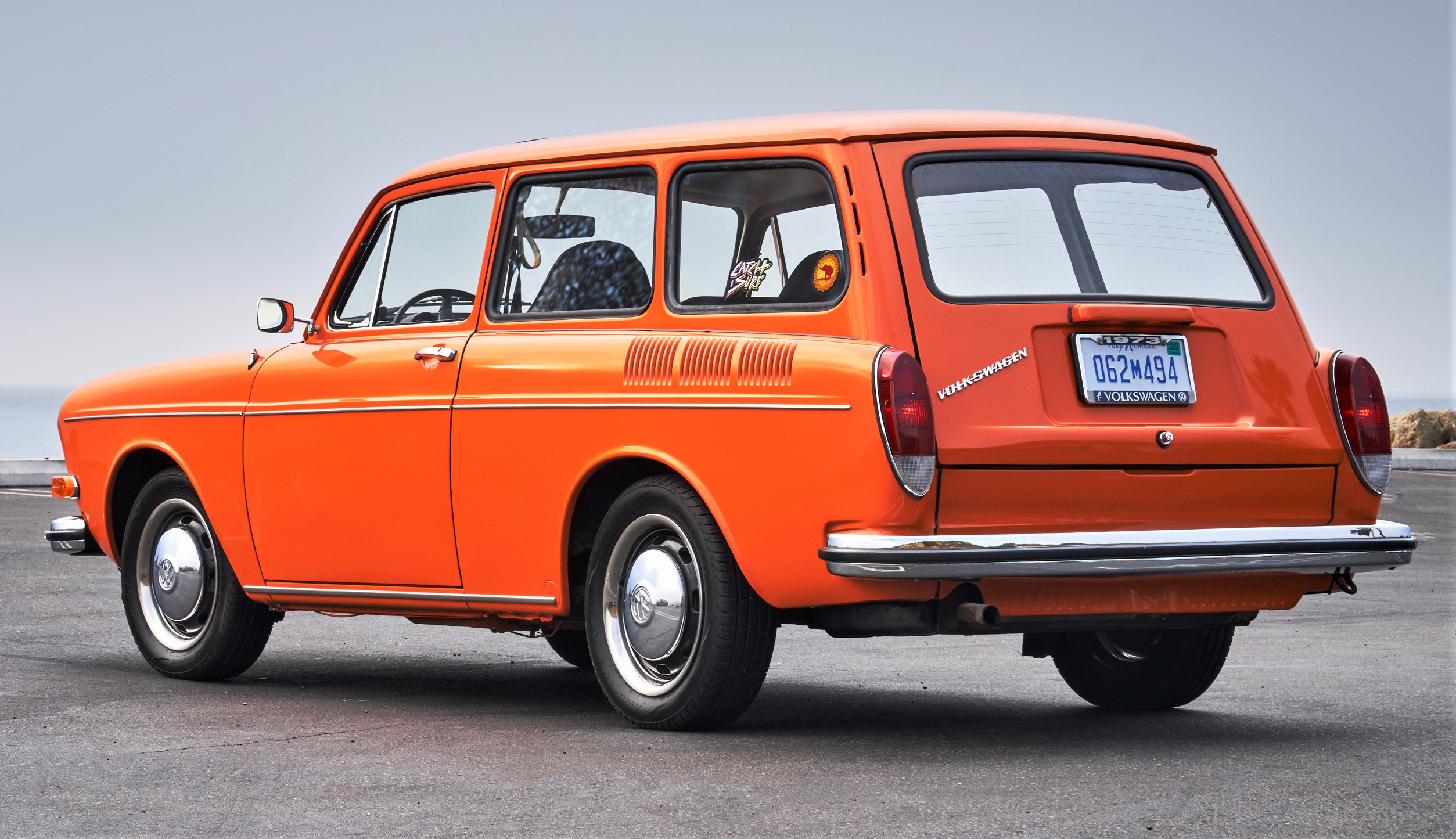
A few years later, I bought a good-looking Type 3 “Squareback,” a little wagon with the engine tucked beneath the rear deck. But it was a nightmare of breakdowns, apparently because the former owner did such a crummy job of upkeep. In comparison, my subsequent MGB was a paragon of reliability.
Nowadays, early Volkswagens are hugely popular as collector cars by hobbyists who love tinkering on them, as well as customizing them. Again, the same formula of style and simplicity makes them ideal for those who want to enjoy vintage motoring without going broke or being frustrated by difficult repairs.
They’re a ton of fun, too.

Once a month, I go to a Phoenix cruise-in called All Air-Cooled Arizona, mainly hosting collectors and customizers with VWs, but also Porsches, Corvairs and such occasional air-cooled oddities as a Citroen 2CV from France and a tiny Autobianchi Bianchina convertible from Italy.
While there, I enjoy hearing the stories from the VW owners, some of them old enough to remember these cars when they were a familiar sight on the road, but also a high percentage of younger people, male and female, who fully engage in the VW hobby. Any VW meet in the US, and there are scads of them, is populated by many younger enthusiasts.
Meanwhile, there are organized efforts to electrify older VWs, such as the newly revealed bus created in consort with Volkswagen of America. A privately built electric bus recently showed up at an Air-Cooled gathering, and was the object of much attention.
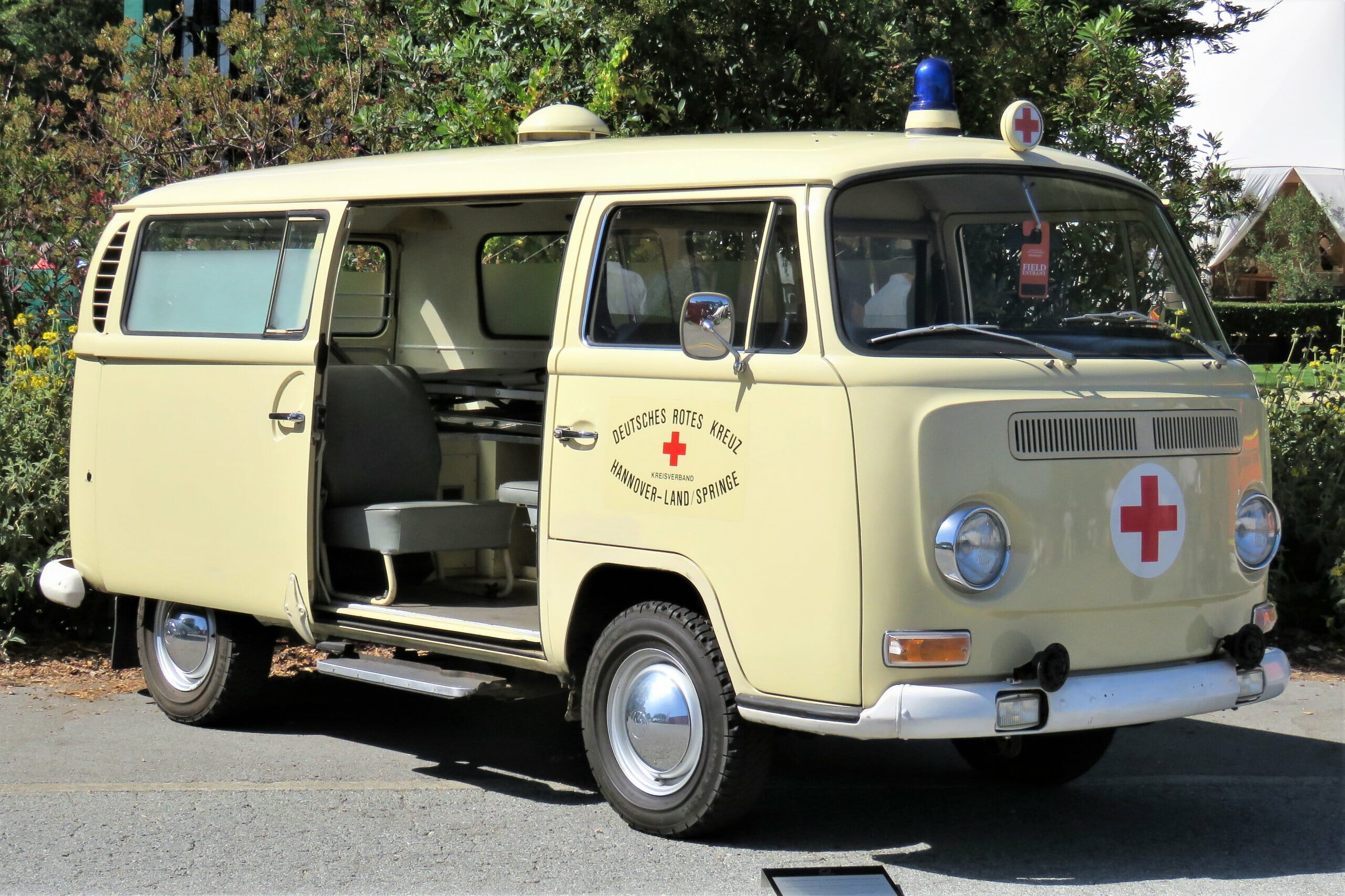
I show up at Air-Cooled in my 1962 Porsche 356 Super coupe (I love calling it the “super coupe”), which is really just a step up from the Volkswagens and fits in well with the group. Fortunately, this car is not the bucket of woes that my VWs were.
Air-cooled cars with engines in the rear are a thing of the distant past, seventy years since the first arrival of the simple Beetles to these shores. This year, Volkswagen announced that it was discontinuing the retro-styled Beetles of today, which are really not much like the originals other than how they look.
So it goes. But air-cooled Beetles, buses, Karmann-Ghias, Type 3s and all the rest of the original VW family, including such things as dune buggies and custom-bodied specials, live and thrive as collector cars, and seemingly will go on forever.




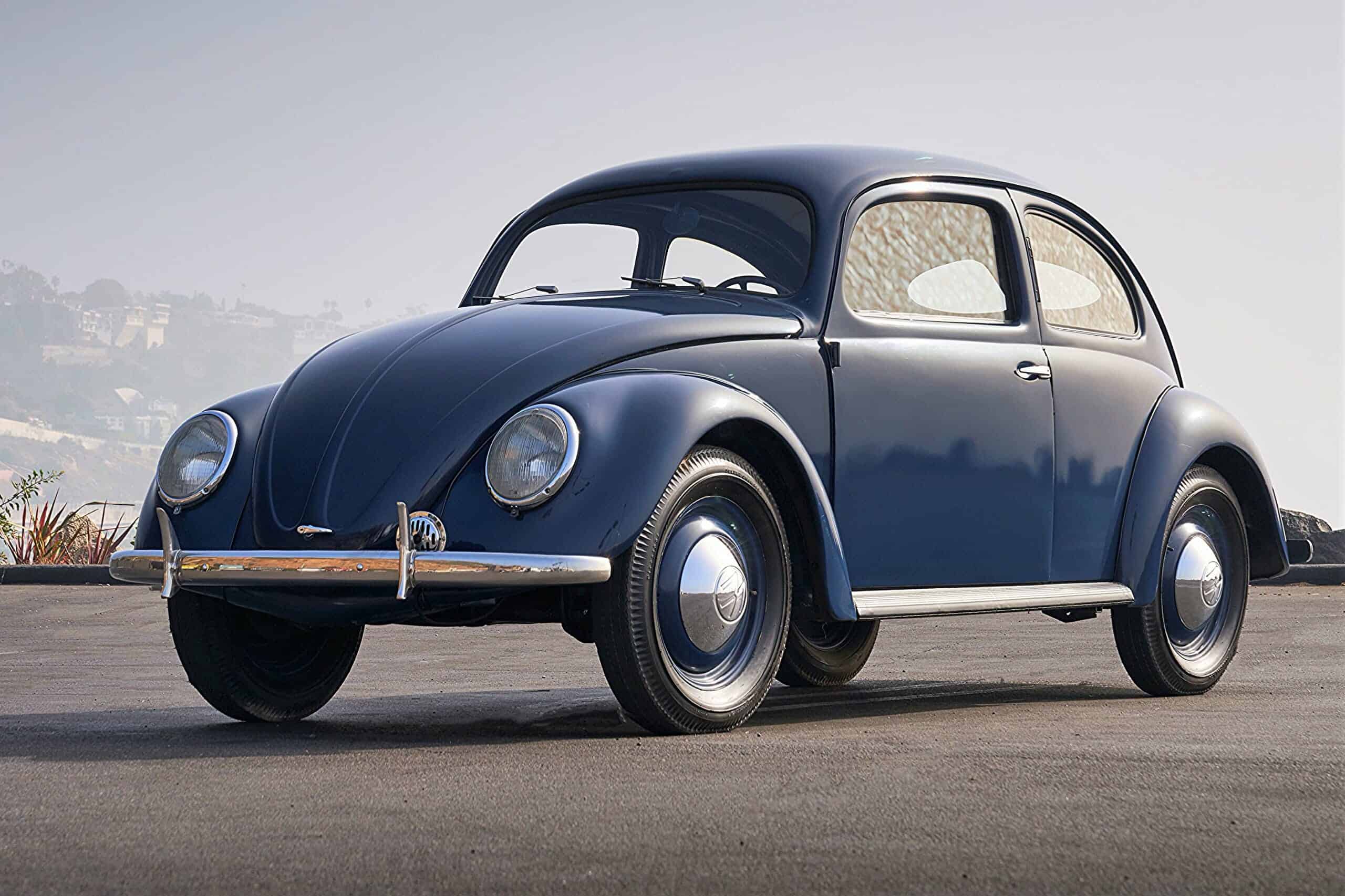


The first car l remember as our family cat was a Type 2 VW Transporter that did double duty as family wagon and delivery van for my patents’ small grocery business.
Long after he sold the grocery dad traded the VW on a Holden HD wagon (small GM car made in Australia ’65-’66) which had starting rusting before they left the factory.
Dad was sick about the $400 trade in price. I wonder what that Transporter would be worth now?
I’ve owned a couple of Beetles over the years but my favourite VW memory is of an event that took place in the back seat of my sister’s Beetle (borrowed for the occassion). My girlfriend of the day assured me that "Where there’s a will there’s a way.".
I think of her with a smile whenever l hear that maxim. I wonder where she is now? ….. oh, and the car …. obviously.
Those are fun facts and interesting history about Beetles. My friends and I were having those jokes about this car when we were kids but that changed when I tried to drive one. My buddy’s uncle got one, I’ll come over this weekend to help him install the parts from 4WheelOnline on his truck and would definitely ask to take the Beetle for a spin.
Dad worked for GM (Delco-Remy plant, Anderson IN) his whole life; we used to have real cars. When I was 11, 1970, divorce, mom got a ’66 Beetle that was so basic it didn’t even have a fuel guage, but a lever on the floor under the dash to allow a gallon or so of "get to the station" reserve. Car was a sorta matte slate blue, no heat/defrost whatsoever (and Indianapolis does have winter), and no matter what, never failed to start, never failed to go, and never failed to return, good in snow, too, even with cheap tires. As a jr. high kid it was my "job" to start the Bug and scrape the glass before the school bus came, so mom could drive to work… I can’t even guess how many days- day after day- that I heated water in the teapot and poured it on the glass, then wiped with a dishtowel, to escape the scrape. I dunno what VW used for glass back then, but week after week, at temps sometimes below zero F°, for three years I did this, and the glass never complained. I think of this now and wonder how I’m not dead, ‘cuz if I’d cracked mom’s glass, well. Done.
None of my friend’s parents had anything like it, and even given its manifold faults that tweaked adults, all kids LOVED that thing, even me, as it was Blue Herbie, almost just like the movie(!), and just a loveable mess, whistly exhaust ‘n’ all.
Fast forward to ’79. I’m an airman, serving at Keesler AFB, on the beach in Biloxi, MS, and a black Cal-look ’70 Beetle, with a built 1835cc motor, dropped front, Porsche steelies & caps comes my way. Um, the process went straight to the reptile brain- I’d bought it if Jesus woulda sent me to Hell on the spot. Twitchy, bouncy, jerky, abrupt- and never never lift in a corner (snap oversteer and off road backwards makes you look quite the fool in a car with just over 90 horsepower), but so odd and unusual on the Gulf Coast… but I got transferred and the deal didn’t happen.
SIGH. The owner was from West Covina (LA) it was built right, and he let me use it when he was TDY; some years later we served in the Kingdom together, but the Bug was long sold by then. I’m always on the hunt, but uncut Bugs in workable form from ’70 are rare, and I don’t want someone’s failure or ideal.
These things never get credit due. As an uncomplicated transportation appliance, there’s never been anything better, not even horses. Challenge to the readers: beat that. My position: Air cooled VW Beetle as the best enclosed transportation appliance. Not "safest". Not "most advanced". Certainly not "best handling". Not "most luxurious".
Just the best, simplest, most efficient way of going A to B with gasoline; a minimalistic transporter. Oh- and the average 6th grader must be able to read, comprehend, and utilize any challenger’s manual, while also having the ability to perform the maintenance with hand tools only. I did it in the early ’70’s for my mom, in the project’s open air parking lot- so any 6th grader should be able to, as I was never anyone’s genius. But I was strong enough to guide the engine back & out to change the clutch, and figure out how it went back together. Good manual, experience, but 6th grade. Just determined, I guess.
And, VW wins. ‘Cuz y’all know, whether y’all admit or not. Post a different car a sixth grader can maintain, I’m interested; think about torque values and what an 11-12 year old kid can do with a standard 1/2 inch drive torque wrench, before you flame and denigrate, ‘k? And the carburetor on an early Bug takes a 7th grader less than an hour to completely clean and rebuild (been there done that on newspapers on the dining room table), add an hour for take off, replace, adjust.
Brushes in the generator? Change oil in a system lacking a filter? Yeah.
And VW wins.
So: challenge given. Name a simpler, fully enclosed/weather tight transportation appliance, kid maintenance friendly and durable as an anvil. Bonus if yer challenge is deeply loved the world over and seen on every street in every country having streets- and some not- worldwide, for the last 70+ years an extra bonus.
Stress’n’, huh?
Love Volkswagen bettel
Thanks for the article! I love reading anything about the VW Beetle. I am one of those that wished we had kept ours. It was my wife’s first car once we got married. A red w/ black interior ‘68 Beetle. Bought it used for $1000. Drove it for two years or so, then traded it (got $1000) for an Audi Fox, which was a more modern version almost of the VW. A very sparse interior. No console. When we took the Fox in for service, we got a Beetle for a loaner car. It was only then that I commented saying “why did we trade it in?” It was so much fun. A pre ‘68 is on my bucket list. In the meantime I collect miniature VW Beetles. 350+ including books and other memorabilia. My best items are 1953 car brochures, one in German with overlays, and one in English. Fabulous colored illustrations of the bug.
Nice
stolen beetle design from bela and ledvinka who designed the tatra 57. when germans occuopied czechoslovakia hitler told porsche to get this design!
porsche took it copied it made trhe beetle then flattened it, made the 356 or nowadays 911!
I own a 1950 Seafoam Green Beetle Deluxe that arrived in New York on September 7, 1950 and was sold by Max Hoffman in Manhattan.
I’ve owned the car since July of 1985 and have restored it. Driving it is an aural experience The original 25hp motor sounds part Singer, part Underwood putting along, and aurally finessing the gear change double-clutch for the the non-synchro transmission is by harmonizing the transaxle moan with the exhaust note, your reward is a subtle, wobbly glide of the gearshift into gear. Found, not ground. A radio would be an annoyance.(I have a period under dash Philips in a box)
The Deluxe package versus the standard Beetle had more interior upholstery(horsehair padded seats are quite comfortable), juice brakes(faith and pressure) and exterior bright work. A wonderful car.